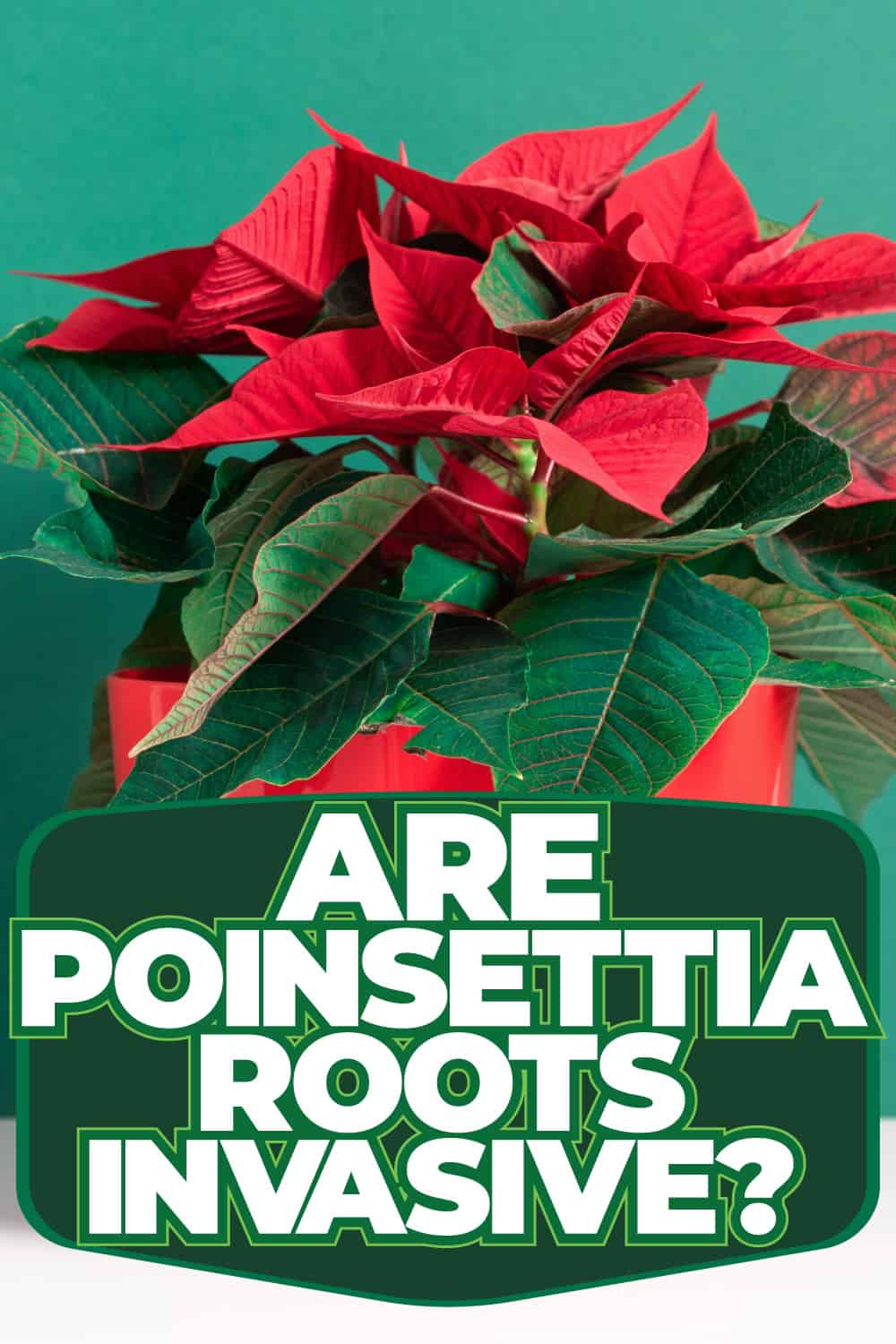Poinsettias have bright-colored bracts that can be the focal point of your garden. You might be growing a poinsettia plant and are wondering if its roots are invasive. Don't worry because we have done the research to provide you with everything you need to know about poinsettia roots.
Poinsettia roots are not invasive. Poinsettia plants grow delicate roots that can only reach shallow soil depths. This root habit is a result of the poinsettia plant being native to tropical forests where aggressive root systems are not a necessity to obtain water.
Poinsettia plants are commonly used as decorations for the Christmas holidays. They can be easily grown at home under the right conditions. Continue reading as we discuss all the other essential information you will need when growing poinsettia plants.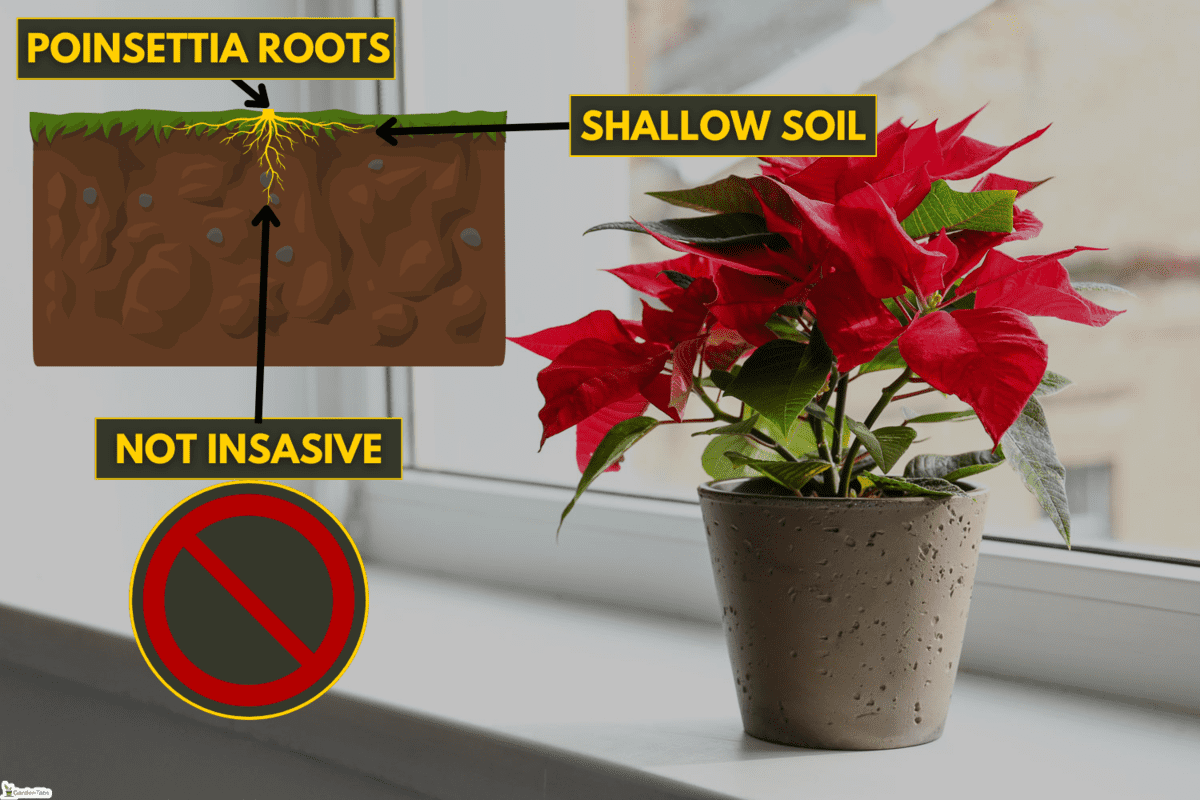
Do Poinsettia Plants Have Invasive Roots?
The Poinsettia plant, also known as the Christmas flower or Christmas Starflower, is a flowering plant native to Mexico and Central America. You can find these plants in tropical forests, rocky hillsides, and moist ravines.
Poinsettia plants do not have invasive roots. They grow thin, light-colored roots that can be sensitive to moisture. Poinsettia plants grow such roots because they are native to tropical forests where they do not need to grow strong, deep roots to get water.
Since poinsettia plants do not have invasive roots, you can plant them in your home garden or keep them as an indoor houseplant. If you buy poinsettia plants as a Christmas decoration, you can choose to keep the plant alive until the following winter.
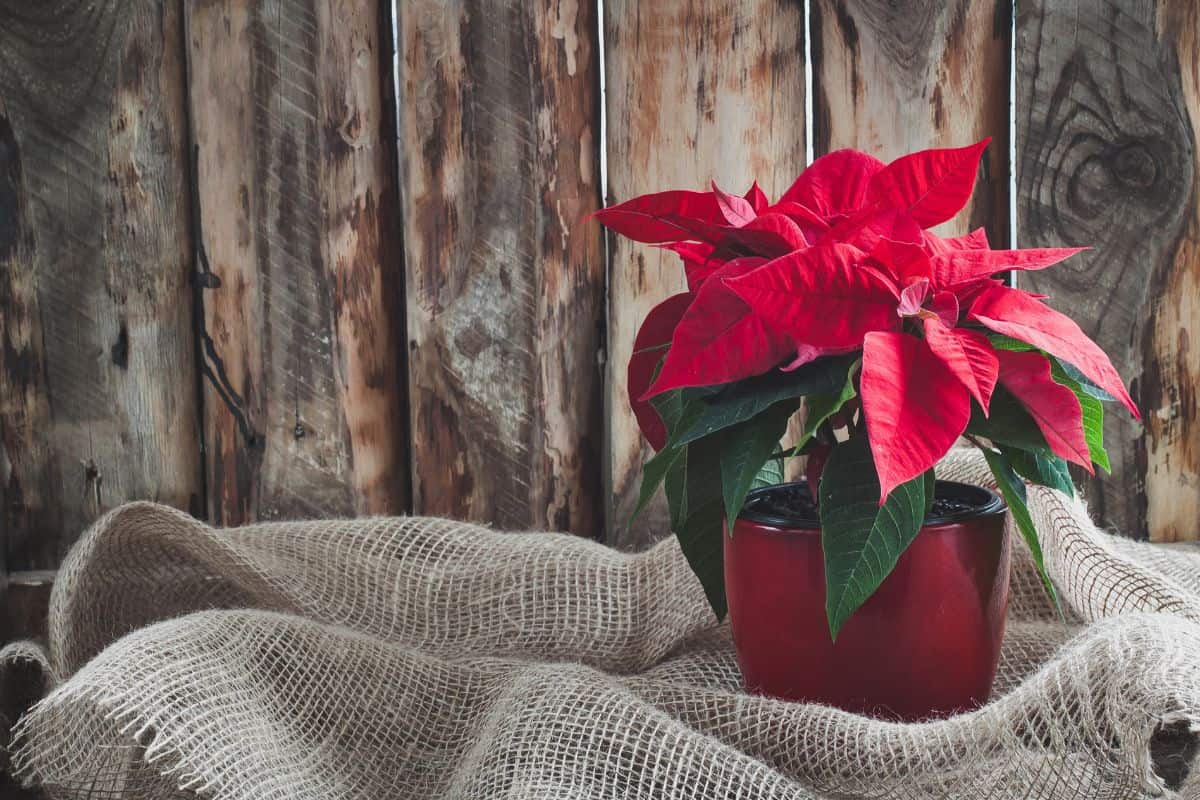
The poinsettia plant, or the Euphorbia pulcherrima, belongs to the diverse plant family of Euphorbiaceae. In this plant family, the poinsettia plant has a relative called Euphorbia cyathophora or the 'Painted Leaf Poinsettia.'
The painted leaf poinsettia, also known as 'fire on the mountain,' is a wild poinsettia that can grow in Missouri and the southern parts of Florida.
Although they have similar colors and structural features, the poinsettia plant and the painted leaf poinsettia plant have significant differences. One such difference is that the painted-leaf poinsettia grows aggressively and can be invasive.
Additionally, while you can grow the common poinsettia plant outdoors or indoors as a houseplant, it is best to grow a painted-leaf poinsettia in a container to help regulate its growth.
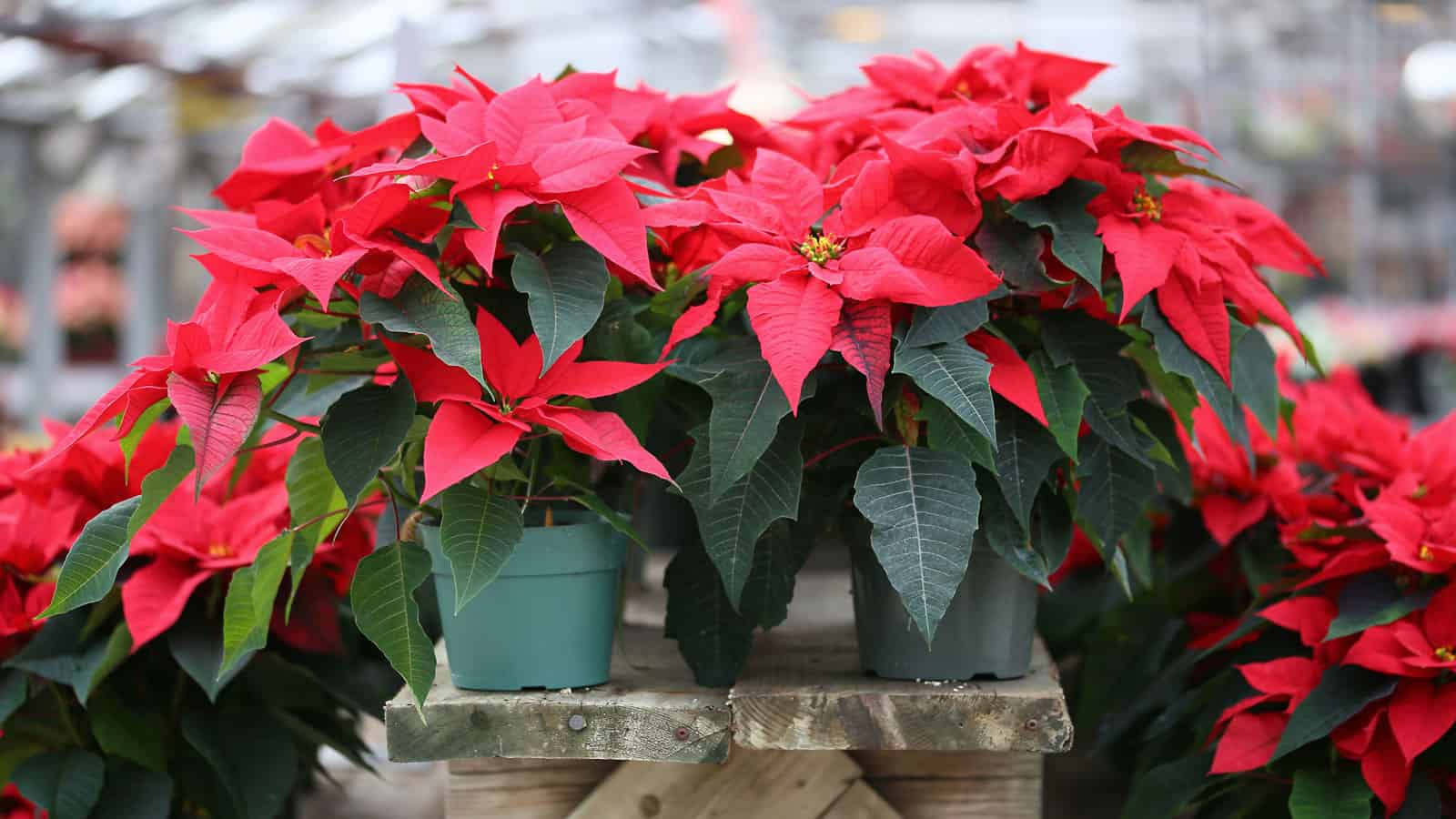
Poinsettia plants are not poisonous. This belief stems from an inaccurate article by the US Food and Drug Administration printed in the 1970s, stating that one poinsettia leaf can be lethal to a child when ingested.
Many succeeding scientific studies have proved this statement false, finding no fatalities when people are exposed to the plant. Experiments conducted with test mice showed no fatalities even after the subjects consumed nearly 2.2 pounds of poinsettia leaf sap.
However, this does not mean that exposure or ingestion of any part of the poinsettia plant is completely safe for everybody. Some people may be allergic to the plant or the sap - they can cause asthma, rhinitis, or other allergic reactions.
Accidental or intentional ingestion of any part of a poinsettia plant can still cause adverse reactions. Below is a list of possible effects of a poinsettia plant on a human when exposed or ingested.
- Diarrhea
- Vomiting (when ingested)
- Nausea
- Skin rashes
- Itchiness
- Skin redness
- Swelling
Like humans, animals can also experience a negative reaction, such as vomiting or drooling, if they eat the plant. For this reason, it is best to keep the plant out of reach of pets or small children.
Where Is The Best Place To Plant A Poinsettia?
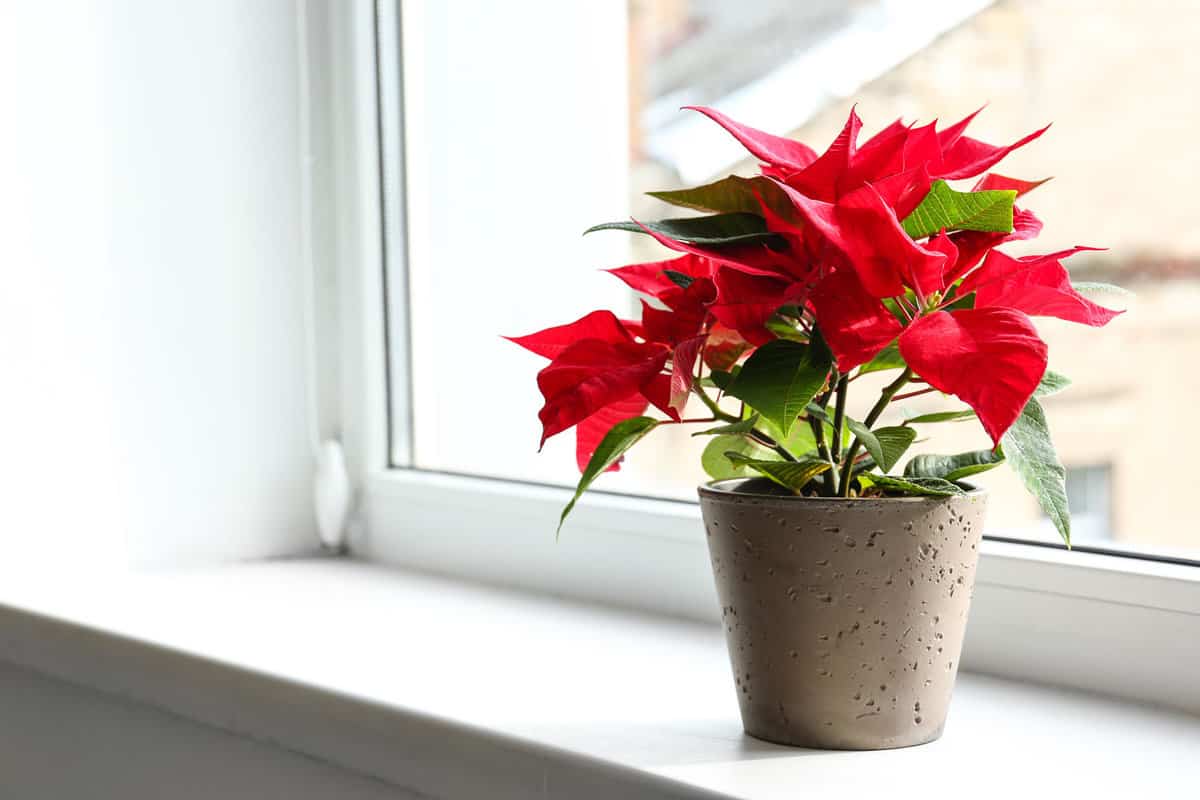
When keeping them as indoor houseplants, it is best to put the pot in a southern-facing room close to a window. This will allow your poinsettia plant to receive sufficient sunlight and warmth, especially if you reside in a region that experiences winter or frost.
The optimal temperature for a poinsettia plant is around 65 to 70 degrees Fahrenheit. So, it is best to keep them indoors around regulated temperatures when the outdoor levels drop.
If you plan to transfer the plant to the garden after the holidays, wait until the final frost has passed. Afterward, you can plant them in a sunny location where they can receive direct sunlight for 8 to 9 hours a day.
Natural light plays a vital role in turning the modified leaves red. A balance of light and darkness is needed for them to change colors. To maintain the natural balance, avoid planting poinsettias near streetlights since the constant artificial lights can confuse the plant during nighttime.
Insufficient exposure to darkness can cause the poinsettia's colored bracts to stay green and the recognizable red-colored bracts to not surface.
How Long Should Poinsettias Be In The Dark?
Poinsettia's colored bracts turning red is a plant reaction to the shortening days that signal the oncoming winter months. When the plant senses that the length of time it receives sunlight is gradually decreasing, the colored bracts surrounding the true flower begin to change from green to red.
There are also other color variations of the poinsettia plant. All of these color variations result from a phenomenon called photoperiodism, where some parts of the plant change color depending on the amount of light it receives due to seasonal changes.
To mimic the natural changes the plant experiences yearly, increase the length of darkness that the plant experiences around the beginning of the autumn season.
Keep the poinsettia plant in darkness from 5 pm to 8 am the next day to help the poinsettia plant sense that the winter days are approaching. Also, ensure that you provide consistent lengths of darkness for the plant so the bracts can change color around the holiday season.
Can Poinsettias Be Planted On The Ground?

You can plant a poinsettia plant on the ground. However, keep in mind that poinsettia plants are not cold, hardy plants. So, planting them on the ground is not the best idea if you need to keep them indoors during winter.
If you live in a region with an average temperature suitable to keep a poinsettia plant alive, you can plant them on the ground. Otherwise, it will be challenging to keep them in your garden only to dig up the plant and transfer it indoors for winter.
How Do I Plant Poinsettias On The Ground?
Since poinsettias are often sold as cuttings fashioned into Christmas decorations, you can detach the stems and plant them in the soil. Poinsettias prefer moist and well-draining soil. It is also beneficial for the soil to be slightly acidic to mimic tropical forest soil.
Poinsettia plant roots are soft and can be sensitive to water-saturated soil. To keep a healthy amount of moisture for your poinsettia's soil, only water the plant when the soil is dry to the touch. Avoid overwatering because it can lead to harmful root rot.
Poinsettias grow into shrubs when left alone to grow on the ground. Poinsettias can grow into trees that reach 10 to 15 feet tall in their natural habitats.
To Wrap Up
Poinsettia plant roots are not invasive - they grow thin, lightly colored roots that are sensitive to moisture.
In this article, we discussed the possibility of poinsettia plant roots being invasive. We also discussed if the plant is non-toxic and the method to follow when growing and blooming poinsettia plants. Make sure to grow poinsettia plants in suitable locations so they can bloom for many years.
Made it to the end? Check out some of our related posts!
What's The Best Window For My Houseplants?
